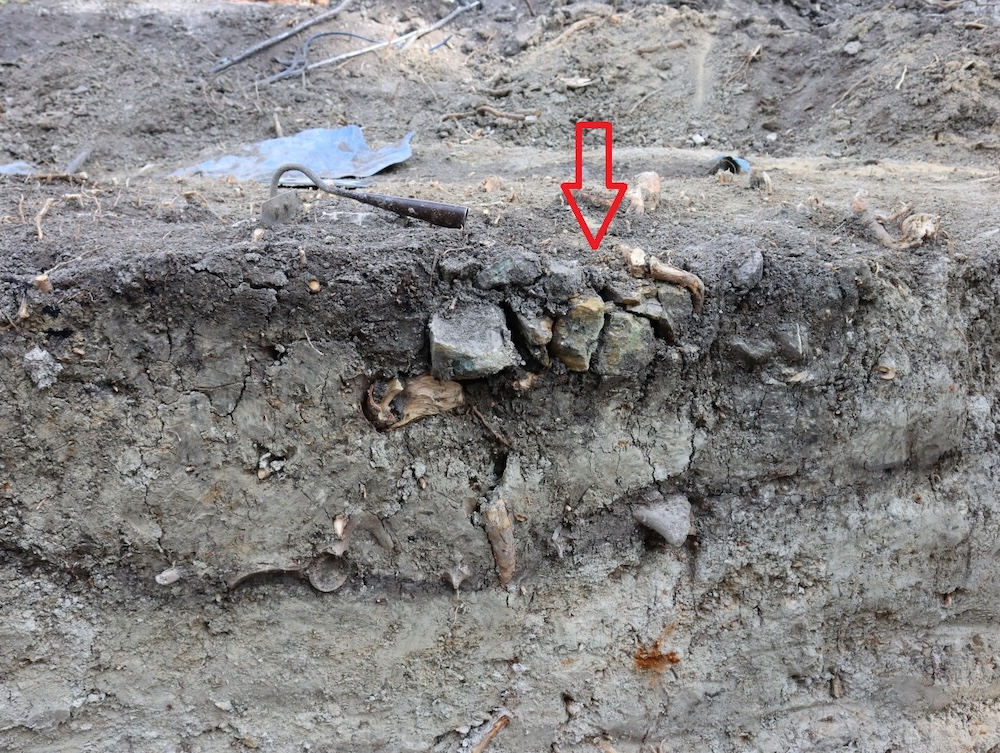Workers recently stumbled across a grisly gravesite near a historic cathedral in Chelm, Poland. While removing tree roots for an ongoing garden renovation project at the Palace of the Uniate Bishops, maintenance staff uncovered the skeletal remains of two medieval children, one of whom displays evidence of a “vampire burial.”
Although largely relegated to horror movies and novels today, local folk beliefs in vampirism persisted throughout the Middle Ages, particularly in Eastern Europe regions like modern-day Poland. Numerous archeological graves contain the bodies of suspected “vampires” who were interred according to customs of the time. These gruesome practices often included dismemberment, as well as weighing down or staking bodies in place in order to prevent the dead from returning as blood-hungry monsters, sometimes also referred to as “revenants.” In a September 12 Facebook post translated from Polish, the Lublin Voivodeship Conservator of Monuments says it is “without a doubt” that at least one of the children found at the 13th-century Góra Chełmska excavation site displayed obvious indications of similar treatment.

“The burial clearly shows signs of anti-vampire practices, which were aimed at stopping the dead from rising again,” Stanisław Gołub, an archeologist who led the recovery efforts, said in a statement as reported by Archeology News.
In this case, whoever was tasked with vampire prevention duties did a thorough job of it. After first beheading the corpse, they then placed the severed head face-down in the grave. Heavy stones were also laid on the torso. This, according to the Lublin Voivodeship Conservator of Monuments, was intended to “prevent a person thought to be a demonic entity from exiting the grave.” Both burials were also located in gypsum soil and angled along an east-west axis—both common traditions of the era.
But it’s what the graves lacked that made them particularly striking. Gołub explained that neither child was buried in a coffin, nor were they found with any customary funerary items. And given that no known cemetery ever existed near the religious complex, the cumulative evidence implies local residents potentially used the area for undocumented burials over at least some period of time.
[Related: Mummified brains show cocaine arrived in Europe earlier than we thought.]
Medieval vampire fears, while misinformed, often belied very real health concerns of the time. Communities frequently blamed everything from rampant disease to misunderstood psychological conditions on supernatural causes such as vampirism or demonic possession. Modern forensic analysis has shown that in cases as recent as the 18th-century, accused vampires were simply unfortunate victims of tuberculosis.
In the comments section below the Lublin Voivodeship Conservator of Monuments’ original post, the organization confirmed that more precise details about the children such as gender, age, and cause of death are not yet known. Further examinations, however, will likely shed more light on the newest piece of vampire history.

